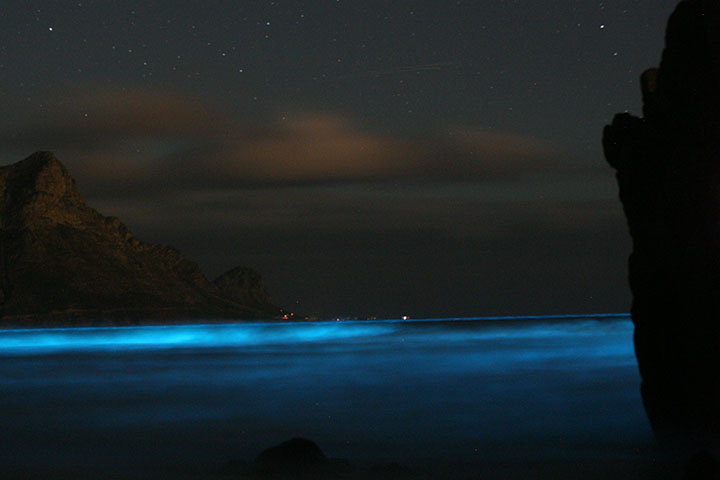Published on 7 October 2019
Mariners have long noticed that the sea sometimes sparkles at night with an ethereal blue glow, especially after boats, waves, or even swimmers disturb the water.

Single-celled organisms known as Noctiluca scintillans—a type of dinoflagellate phytoplankton—is responsible for the glow. But despite the beauty of these “blue tear” blooms, when these bioluminescent organisms aggregate or grow into very high concentrations, they can form massive “red tides” that can harm marine life and create dead zones.
Scientists typically study such blooms by boat, but their vast size makes it difficult to map their full extent. However, scientists now have a powerful tool—satellite monitoring—to help them keep an eye on red Noctiluca scintillans blooms found in the East China Sea. In a study published in Geophysical Research Letters, a team of researchers described how they developed a technique to find and analyze blooms from a set of nearly 1,000 images taken between 2000 and 2017 by satellites and the International Space Station (ISS). Most of the data came from the Moderate Resolution Imaging Spectroradiometer (MODIS) on NASA’s Terra and Aqua satellites; some come from the Hyperspectral Imager for the Coastal Ocean (HICO) on the ISS.